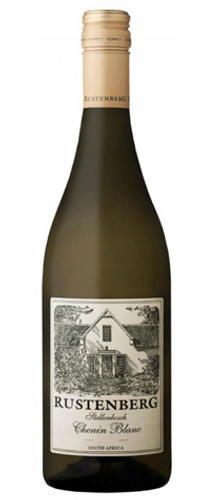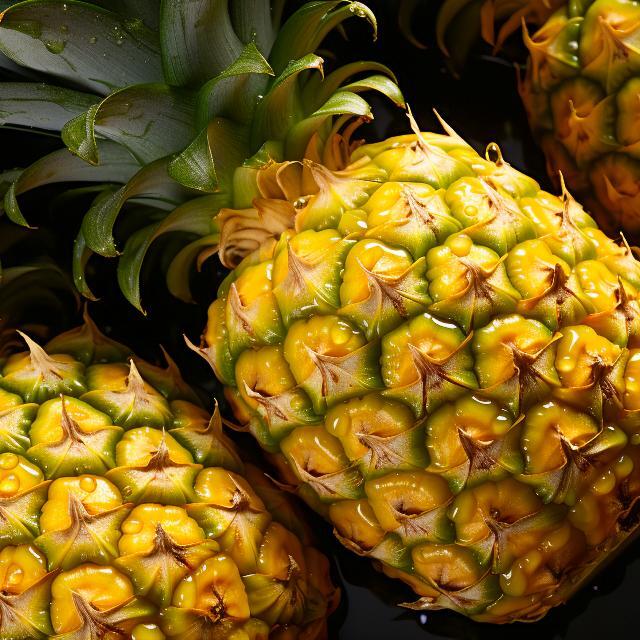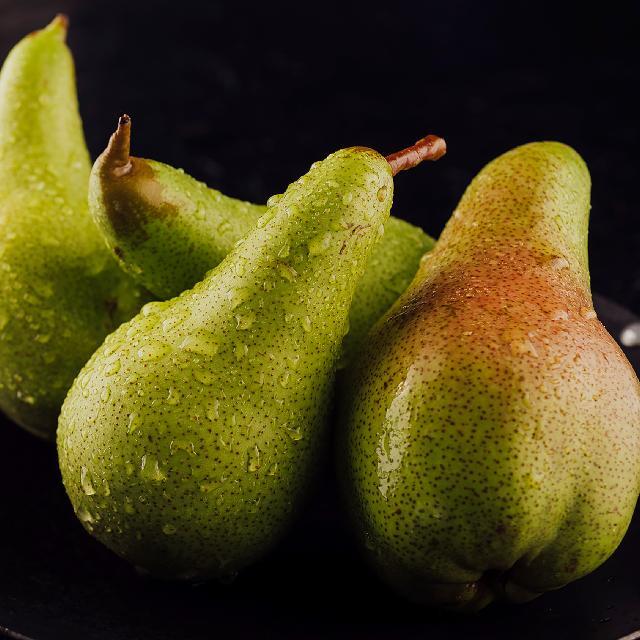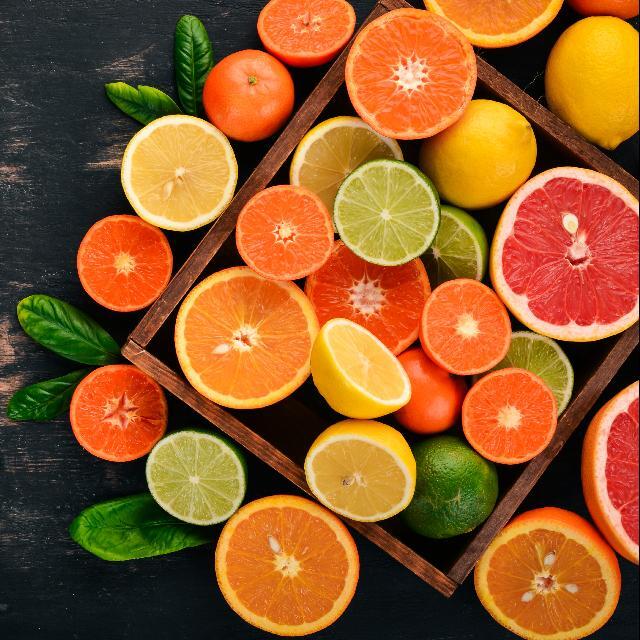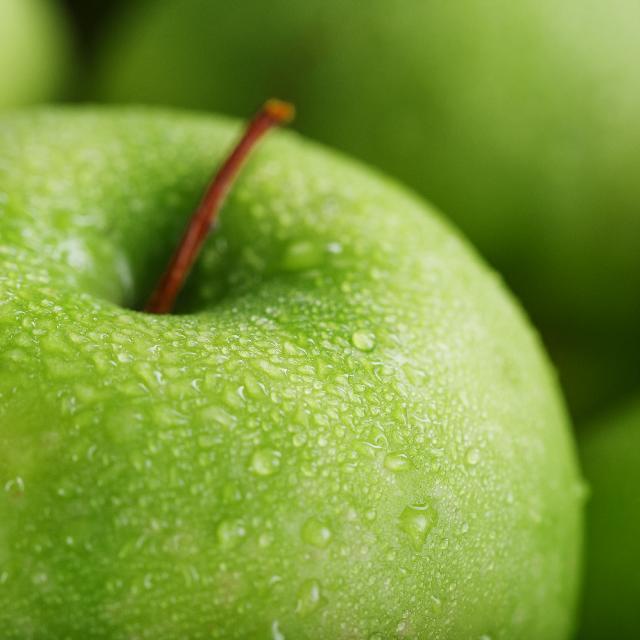This wine presents inviting aromas of ripe pineapple and yellow pear, creating a tropical yet fresh profile. The nose leads seamlessly into a crisp, textured palate, where vibrant citrus notes enhance the overall experience.
The balanced acidity brings a refreshing lift, while the textured mouthfeel adds depth, making it a well-rounded and lively wine with a clean, invigorating finish.
The balanced acidity brings a refreshing lift, while the textured mouthfeel adds depth, making it a well-rounded and lively wine with a clean, invigorating finish.
The 2023 vintage marked another vintage influenced by the La Niña weather phenomenon. The Autumn of 2022 was dry with below average and variable rainfall throughout the Winter. Spring too was dry, but cool, however, a massive cold front in December brought much needed rain, but increased disease pressure. This lead up to harvest set the scene for a challenging vintage and lower crop sizes.
The early heatwaves experienced in January, as opposed to usually occurring in February, brought the white cultivars into line with their average picking dates and all of the white grapes were picked before the unseasonal rains experienced in late February and March. The cooler growing season and lower crops resulted in good acidity and concentration to the wines, while the warm lead up to harvest has given white wines from this vintage a burst of ripe fruit. All things considered, it was another good white wine vintage despite the challenging growing season.
Winemaker: Randolph Christians
The early heatwaves experienced in January, as opposed to usually occurring in February, brought the white cultivars into line with their average picking dates and all of the white grapes were picked before the unseasonal rains experienced in late February and March. The cooler growing season and lower crops resulted in good acidity and concentration to the wines, while the warm lead up to harvest has given white wines from this vintage a burst of ripe fruit. All things considered, it was another good white wine vintage despite the challenging growing season.
Winemaker: Randolph Christians
Rustenberg has a wine-growing history dating back to 1682, when Roelof Pasman from Meurs, near the Rhine, recognized its wine-growing potential. By 1781 some 3000 cases of wine were produced on the farm. Production doubled by the end of the century and a new cellar was built. The wine has been bottled at this cellar for an unbroken period since 1892.
In the early 1800s, Rustenberg was divided by owner Jacob Eksteen and a section was given to his son-in-law, who named it Schoongezicht and sold it soon after. Rustenberg and Schoongezicht were at their peak around 1812, with beautiful homesteads and flourishing vineyards. But by mid-century, recession coupled with disease in the vines, brought bankruptcy and dispossession.
Schoongezicht was rescued in 1892 by John X Merriman (who was to become Prime Minister of the Cape), and Rustenberg by his brother-in-law Sir Jacob Barry. Together they revitalized the farms. The fruit was sent to Covent Garden; new vines were grafted onto disease-resistant American rootstock; wines were exported to England and the Continent – and even found in Siberia.
In 1941 Peter and Pamela Barlow bought Rustenberg, later acquiring Schoongezicht and reuniting the properties. Their son Simon took over the running of the farm in 1987. The Barlows have been at Rustenberg for over 60 years: the longest period any one family has owned the farm.
In the early 1800s, Rustenberg was divided by owner Jacob Eksteen and a section was given to his son-in-law, who named it Schoongezicht and sold it soon after. Rustenberg and Schoongezicht were at their peak around 1812, with beautiful homesteads and flourishing vineyards. But by mid-century, recession coupled with disease in the vines, brought bankruptcy and dispossession.
Schoongezicht was rescued in 1892 by John X Merriman (who was to become Prime Minister of the Cape), and Rustenberg by his brother-in-law Sir Jacob Barry. Together they revitalized the farms. The fruit was sent to Covent Garden; new vines were grafted onto disease-resistant American rootstock; wines were exported to England and the Continent – and even found in Siberia.
In 1941 Peter and Pamela Barlow bought Rustenberg, later acquiring Schoongezicht and reuniting the properties. Their son Simon took over the running of the farm in 1987. The Barlows have been at Rustenberg for over 60 years: the longest period any one family has owned the farm.


